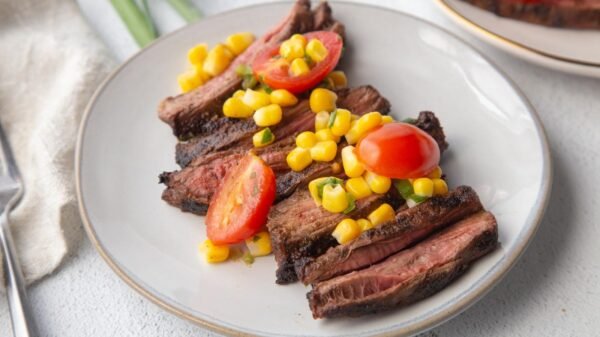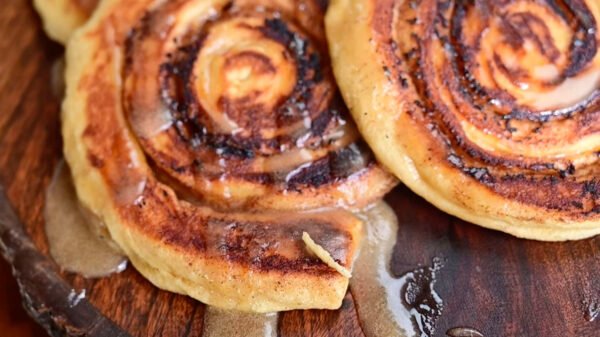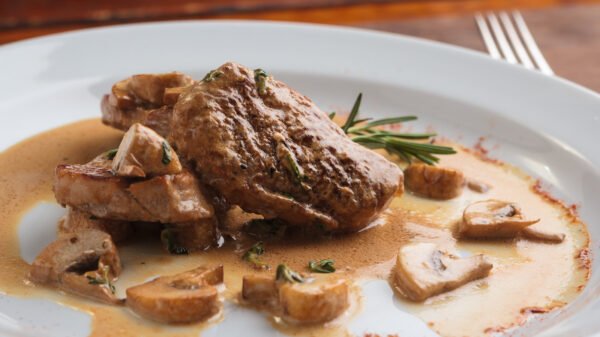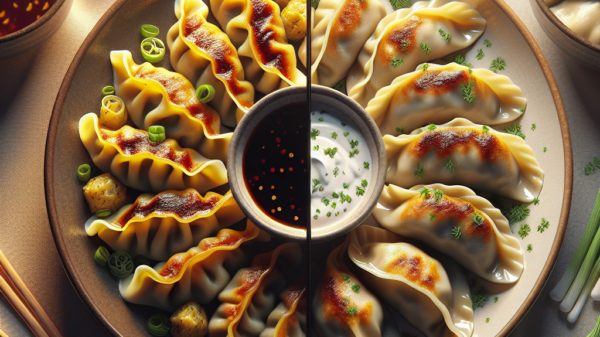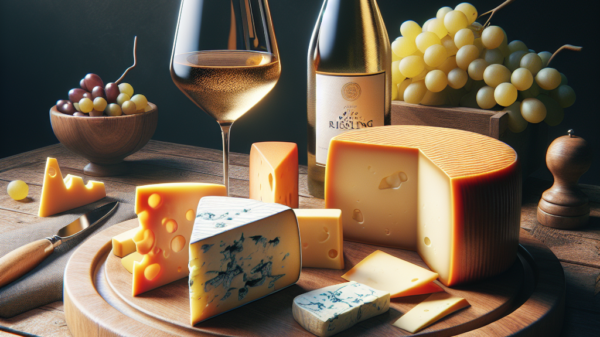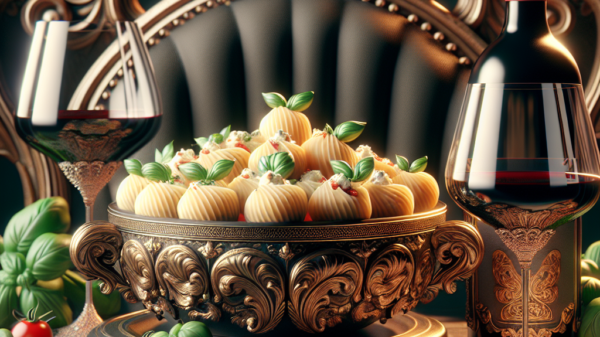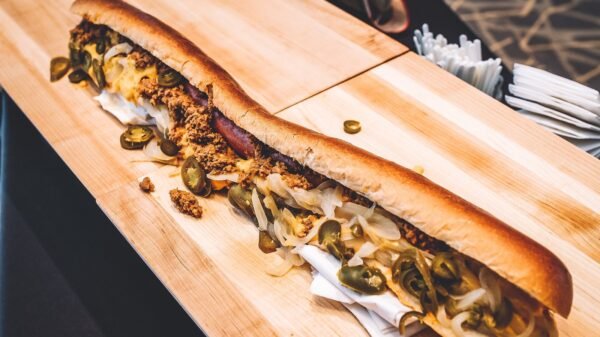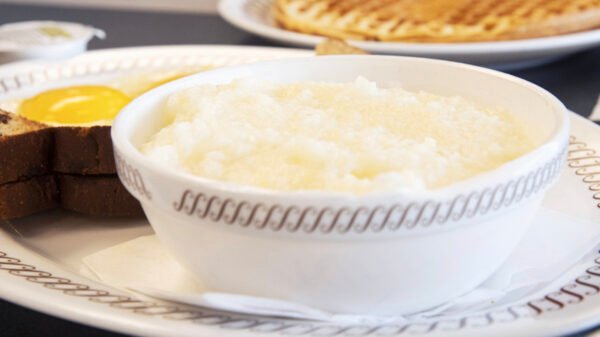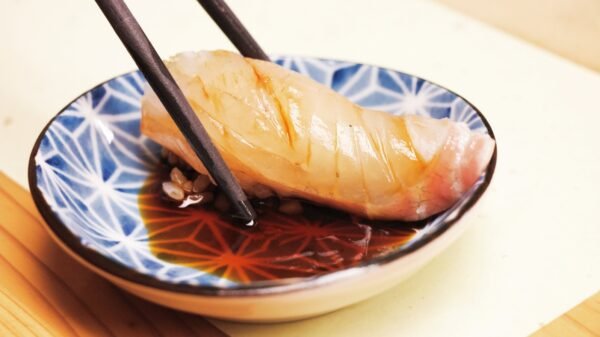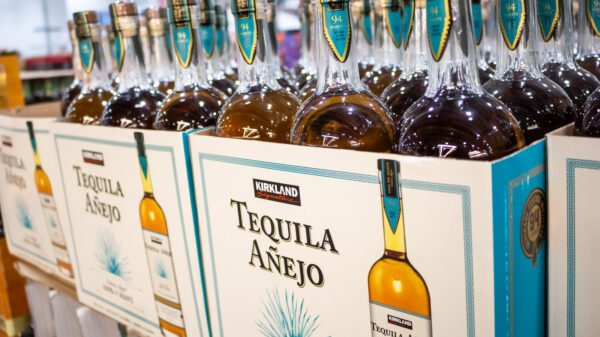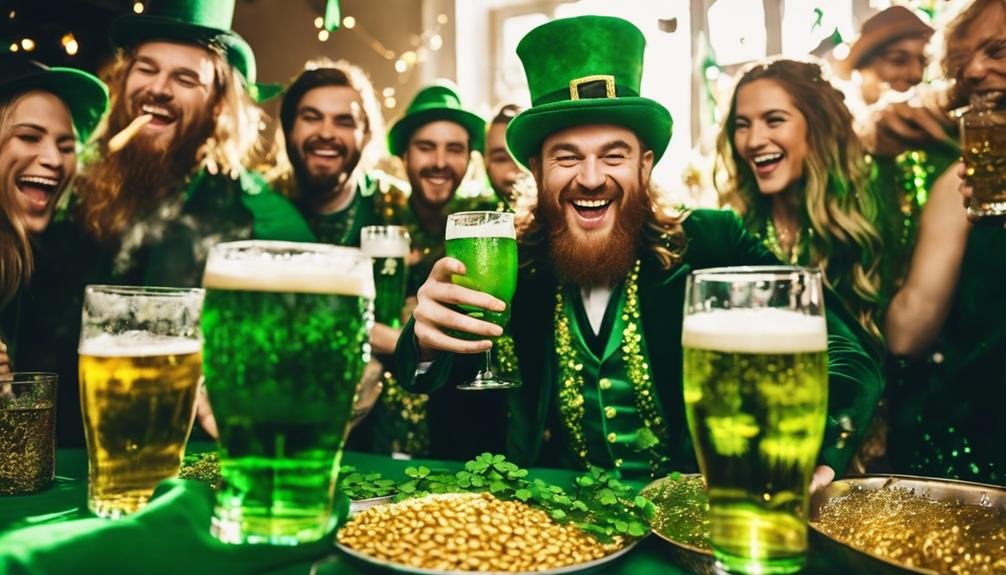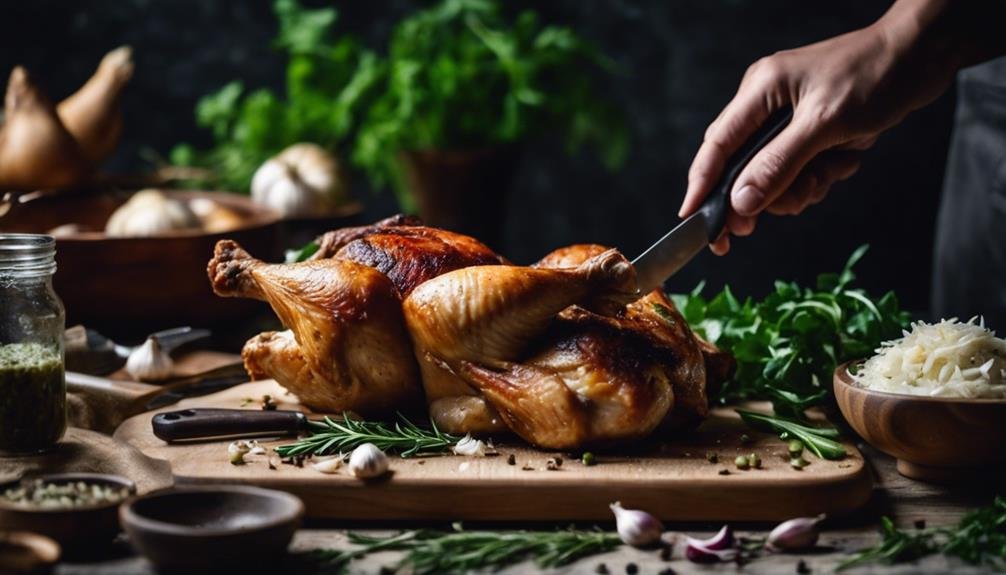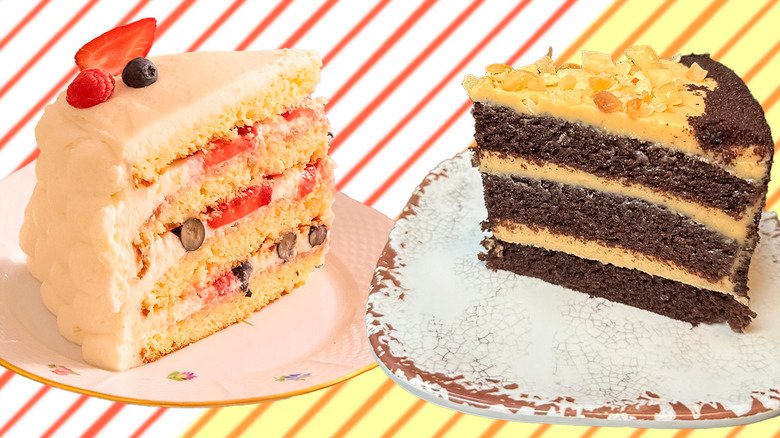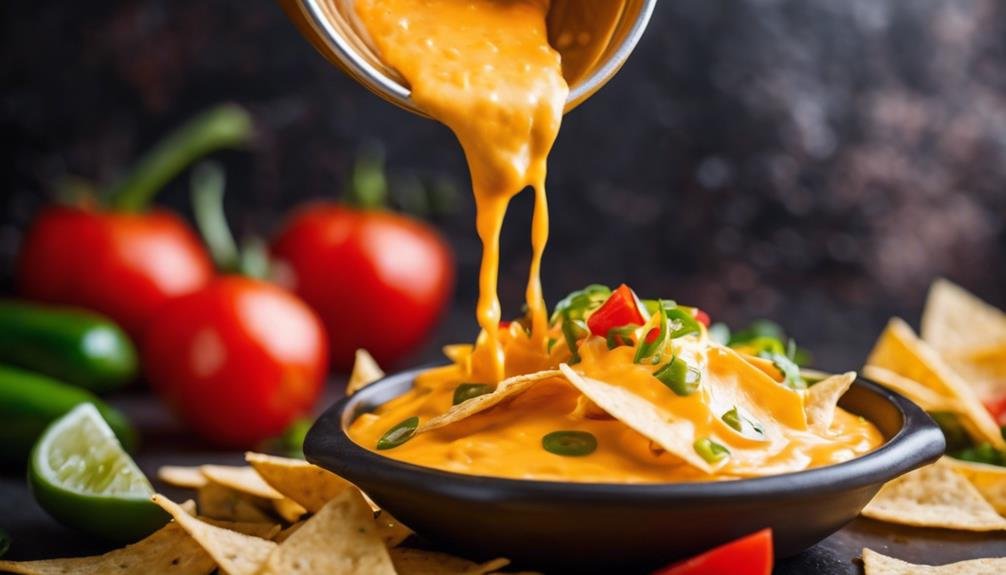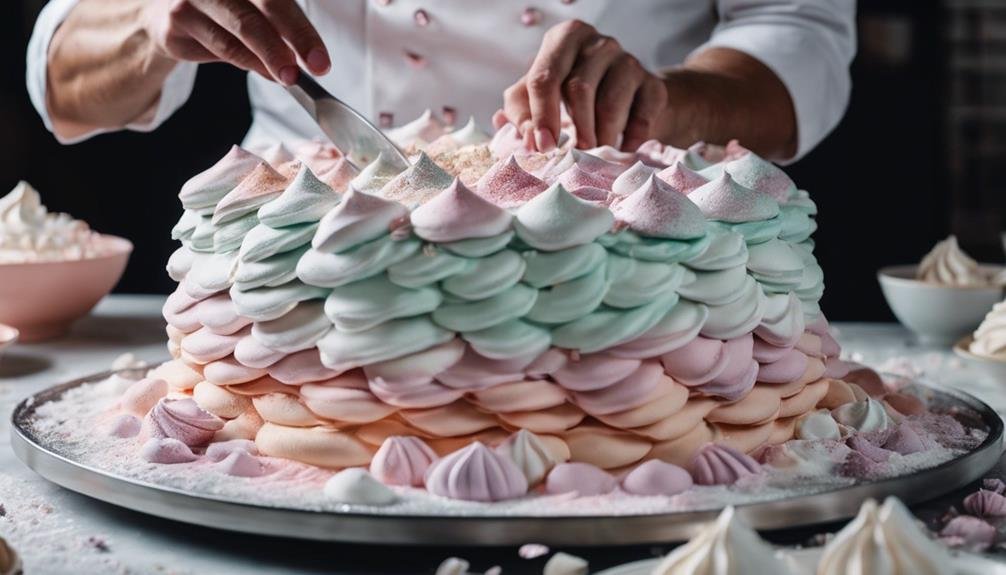You might not realize it, but not all beers happily adopt St. Paddy’s spirit by turning a brilliant shade of green. As you prepare to celebrate with a pint that honors the Emerald Isle, remember that choosing the right base is the secret to the perfect green beer.
Light, crisp lagers and wheat beers take on that vibrant hue like a natural, while darker stouts and hoppy IPAs might leave you a murky disappointment. So, before you reach for that food coloring, let’s navigate the bustling landscape of brews begging to go green this March.
Trust me, with the right pick, you’re not just adding color; you’re crafting an experience that’s as delightful to the eyes as it is to the taste buds. And who knows? You might uncover your new favorite way to sip in style.
Green Beer Key Takeaways
- Wheat beer and lager are excellent choices for dyeing green due to their light color and clear appearance.
- Stouts, IPAs, and pale ales may not be ideal for turning green due to their darker hues and complex flavors.
- Adding green food coloring to lighter beers is an easy way to create a festive green beer for St. Patrick’s Day celebrations.
- Choosing eco-friendly dye options and supporting breweries with sustainable practices can make your green beer experience more environmentally friendly.
Beer Styles for Dyeing
When aiming to add a splash of emerald to your St. Paddy’s Day pint, opting for lighter-colored beers like wheat beer, lager, Pilsner, and Belgian witbier is your best bet, as their paler hues catch and exhibit that vibrant green with ease, unlike their darker, moodier cousins. You’re not just looking for any old pint; you’re chasing that perfect, Instagram-worthy green beer that’ll make your friends green with envy. And let’s be honest, a stout or an IPA might give you more foam than fun when you try to turn it green.
Wheat beer, with its light color and hints of ripe banana, is begging to be transformed into a leprechaun’s delight. Imagine adding just a touch of pandan for that extra flair of magic. Lager, the popular kid of St. Paddy’s, turns green faster than you can say ‘Sláinte,’ thanks to its clear, crisp nature. Pilsner adds a nice, hoppy background to your verdant venture with its bready malt flavor. And let’s not overlook Belgian witbier; those added spices make every green sip a revelation of flavors.
Challenges With Dark Beers
While lighter beers proudly wear their green tint for St. Paddy’s festivities, you’ll find that dark beers like stouts present a trickier canvas for achieving that festive hue. Opting for the emerald splash in a pint of stout or IPA can be like trying to dye a black shirt green—it’s just not going to pop. And let’s not even start on how it might tweak the taste, turning your cherished craft beer into a questionable concoction.
Here’s a quick rundown on the challenges with dark beers:
| Beer Type | Challenge |
|---|---|
| Stout | Dark hues overpower green dye; taste may alter significantly. |
| IPA | Green dye clashes with the hop-forward, complex flavors. |
| Dark Ales | The rich maltiness and the deep color resist the festive transformation. |
| Pale Ales | Offers a middle ground but still presents a challenge for a vibrant green. |
Making Green Beer
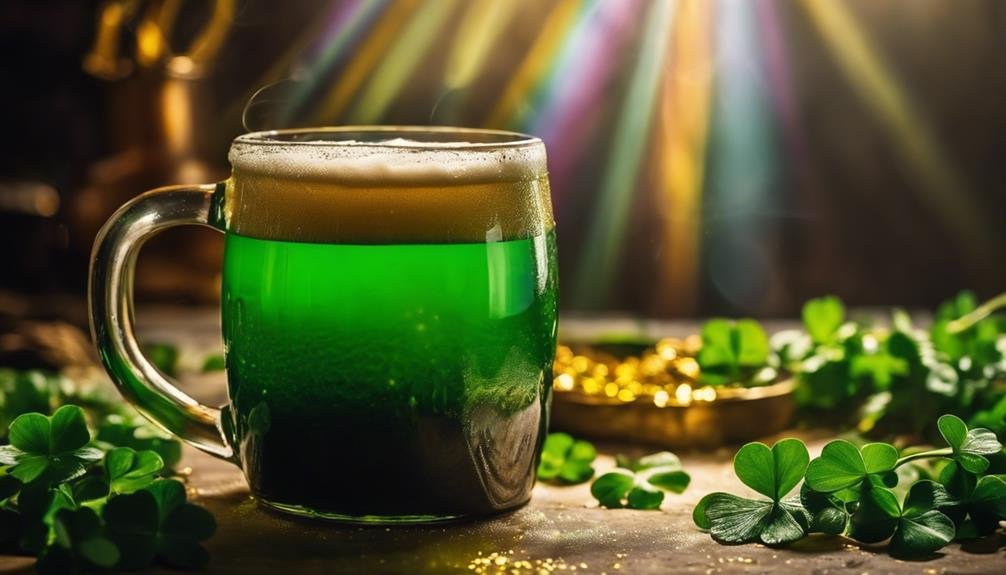
Crafting your green beer for St. Paddy’s Day is surprisingly simple, requiring just a few drops of food coloring and a light-colored beer base. Over are the times of merely watching parades; now, you’re a brew artist embracing the Irish beer tradition with a modern twist. Opt for lighter beer styles like wheat, lager, or Pilsner to ensure your masterpiece holds a vibrant green hue, perfect for impressing your mates.
But let’s get real—while dyeing beer green is all in good fun, there’s an art to it. You’re not just throwing food coloring into a glass; you’re paying homage to a festive tradition. For those feeling adventurous, explore green beer recipes and alternatives that push the boundaries. Consider the black and tan pouring technique for a visually stunning layer effect, but with a twist: green on the bottom and creamy stout on top. It’s not just about the color; it’s about mastering the craft.
As you plan your St. Patrick’s Day bash, consider health considerations. Quality food dye and moderation are key. Remember, the goal is to celebrate responsibly, enjoying the freedom and camaraderie of the holiday. So, here’s to making this St. Paddy’s Day memorable with your green creation!
Cultural Sensitivity
Acknowledging the complex history behind the ‘black and tan’ cocktail is crucial, as it’s not just a drink but a reflection of cultural sensitivities that demand our respect. When prepping your St. Paddy’s Day lineup, you must tip your hat to Irish heritage with more than just beer-dyeing techniques and party drinks.
The tradition of green beer, a favorite among St. Paddy’s Day revelers, can be a fun way to celebrate, but let’s not forget the significance of cultural sensitivity.
Opting for a ‘shamrock float’ or an ‘Irish blend’ over the historically charged ‘black and tan’ isn’t just about avoiding a faux pas; it’s a nod to the complex tapestry of Irish history and a celebration of its rich culture. It’s easy to plunge into the day’s spirit with green beer and natural green food coloring, but taking a moment to ponder the names and traditions we accept speaks volumes.
Enjoying Green Beer
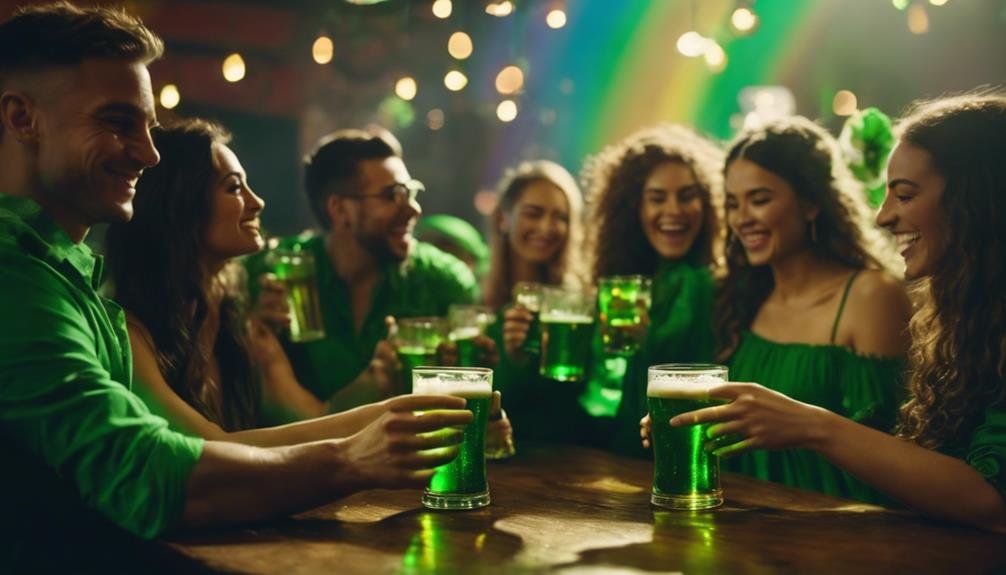
Diving into the world of green beer offers a playful twist to your St. Paddy’s Day celebrations, letting you bring a bit of Irish charm to every sip. Whether steeped in the history of green beer and St. Patrick’s Day or just here for the vibrant vibes, it’s easy to get in on the action.
Here’s how to make green beer for St. Patrick’s Day, making sure your festive beers are the talk of the town:
- Choose Your Base Wisely: Lighter beers like wheat, lager, or Pilsner are your best bets to dye green for celebrations. These styles hold the color well and guarantee the taste isn’t compromised; you’re after maintaining that crisp, refreshing sip.
- A Dash of Magic: Add a drop of green food coloring to your pint. Stir well to watch your beer transform into a festive concoction that screams Irish culture and St. Patrick’s Day celebrations.
- Serve it Right: Always serve your green masterpiece chilled. This invigorates the beer and allows the color to truly pop, making each sip a celebration of freedom and festivity.
Frequently Asked Questions
What Is the Most Popular Beer on St. Patrick’s Day?
On St. Patrick’s Day, Guinness is the most popular beer. It is known for its rich, dark allure and is often chosen by celebrants who embrace the luck of the Irish.
What Makes Beer Green on St Patrick’s Day?
To make beer green for St. Patrick’s Day, a drop of food coloring is added to lighter beers such as wheat beer, lager, or Pilsner. After stirring well and serving chilled, the festive spirit is perfectly captured.
What Is the Most Popular Alcoholic Drink on St. Patrick’s Day?
The most popular alcoholic drink on St. Patrick’s Day is beer. Specifically, Guinness stands out as the champion, with an impressive 13 million pints consumed worldwide on this festive holiday.
What Is Something Green to Wear for St. Patrick’s Day?
For St. Patrick’s Day, wearing green clothing such as shirts, hats, or socks is perfect! Incorporate these items into your outfit to get into the festive spirit. You can mix different patterns or shades of green for added fun. Celebrating in green is key to fully enjoying the holiday and steering clear of any playful pinches.
Conclusion
So, you’ve dipped your toes into the emerald waters of green beer, navigating the frothy seas from wheat beers to lagers with the skill of a seasoned sailor.
Remember, while dark beers may scoff at your dye, the spirit of St. Paddy’s truly colors your pint.
So, raise your glass—whether a light brew blushing green or a stout standing proud in its darkness—and toast to tradition, innovation, and the joy of shared celebrations.
Sláinte to making memories, one green sip at a time!


